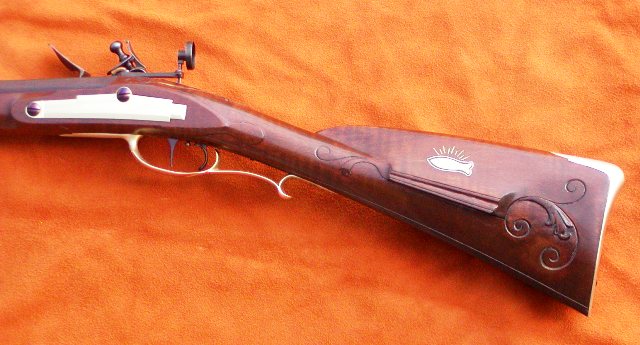Make yourself some of these to pad your vise, easy on and off, 3/4" plywood works the best.







That looks way better than what I had been doing. I had made a pair of hardwood pads to screw in place of the steel ones, but the wouldn't stay tight.Make yourself some of these to pad your vise, easy on and off, 3/4" plywood works the best.
View attachment 51293View attachment 51294
Make yourself some of these to pad your vise, easy on and off, 3/4" plywood works the best.
View attachment 51293View attachment 51294







What Dave said- had to do the same once - looks and works just fineHi,
It is easy. I deal with this all the time. Trim a little off the rear trigger and bend it a little into a tighter curve. It won't make any difference with function. You almost always have to do that if you want to leave much space in front of the forward trigger.
dave
What Dave said- had to do the same once - looks and works just fine

Last one I did I pulled the rear trigger clamped it in a vise and lightly tapped it cold - it bent easily and uniformlyOk, I'm gonna go that route. Let me make sure I have the bending process down correctly.
Remove the trigger from the bar, heat to cherry red with a torch, and bend while hot. Heat the sear bar to cherry red and quench it in oil. Clean it back up, then put it in the oven for an hour or so at 550 degrees, then let it jaut cool down in the air. Reassemble. Did I miss anything?
Couple of questions?
1. I only have a propane torch. Is that sufficient? I was gonna clamp the sear bar in my vise and heat the trigger, but I worry the heavy iron vise will act as a giant heat sink and keep itnfrom getting hot enough.
2. Once it is got enough to bend, what do I do, exactly? Try to bend it around a smaller diameter bar or what? Do I tap it with a small hammer or try to push it with pliers or something?
I've tried to doyou homework on this, but this will be a first for working metal while red hot.





Enter your email address to join: